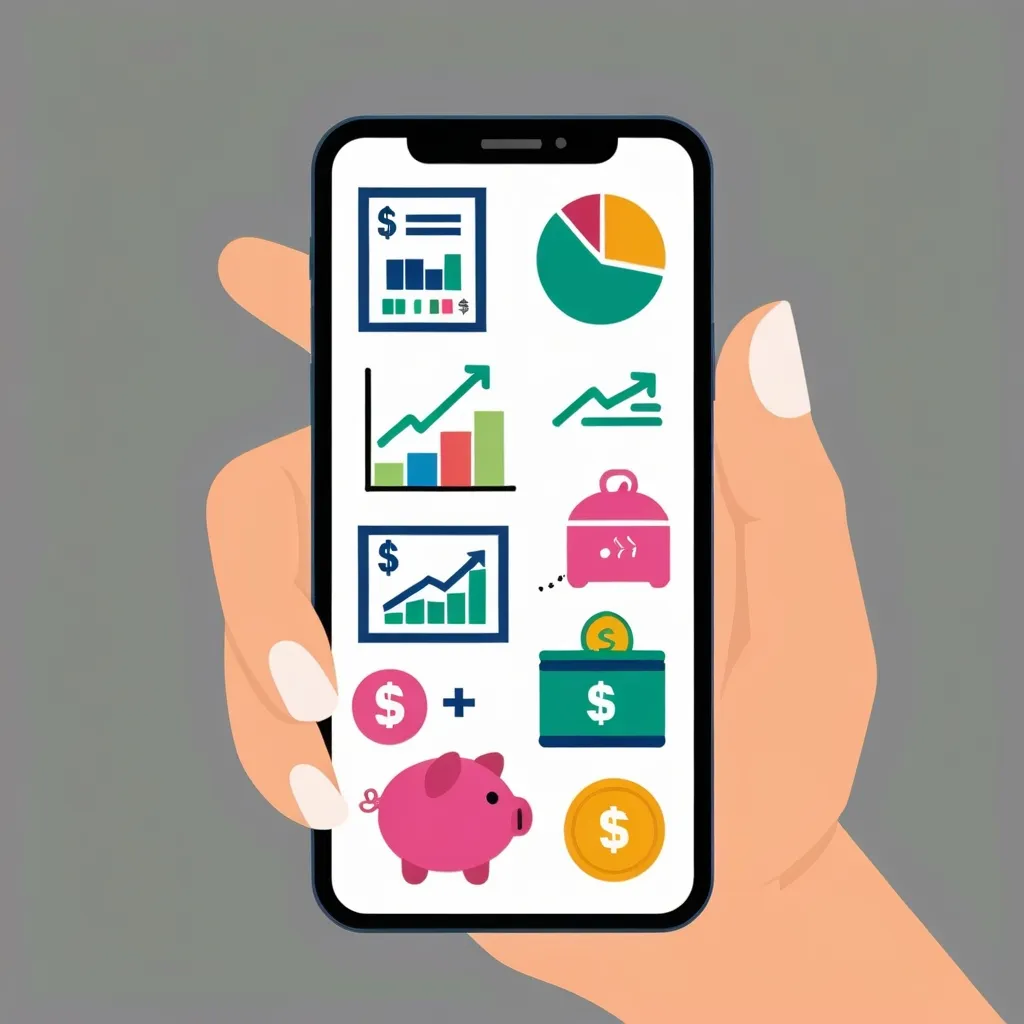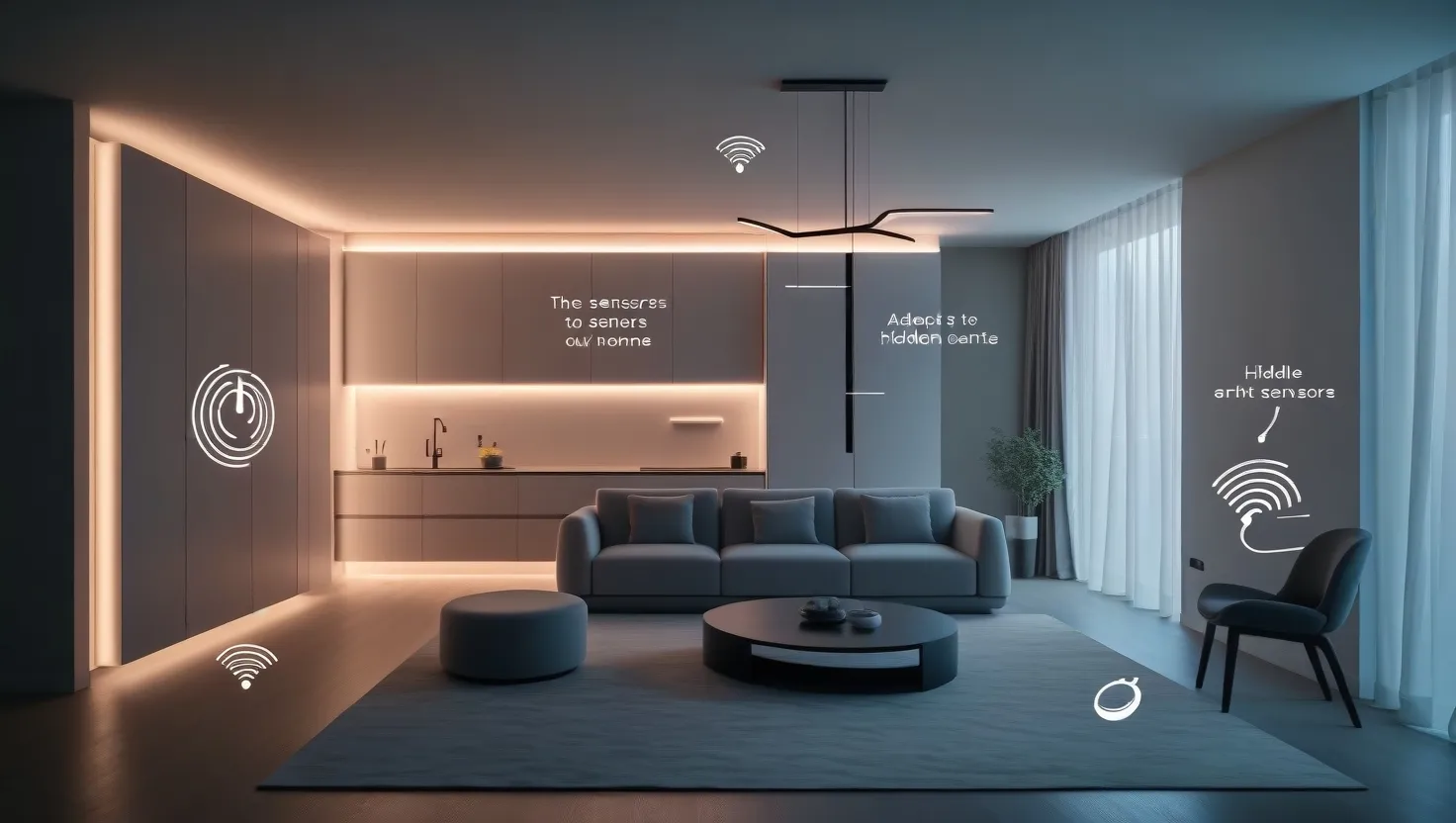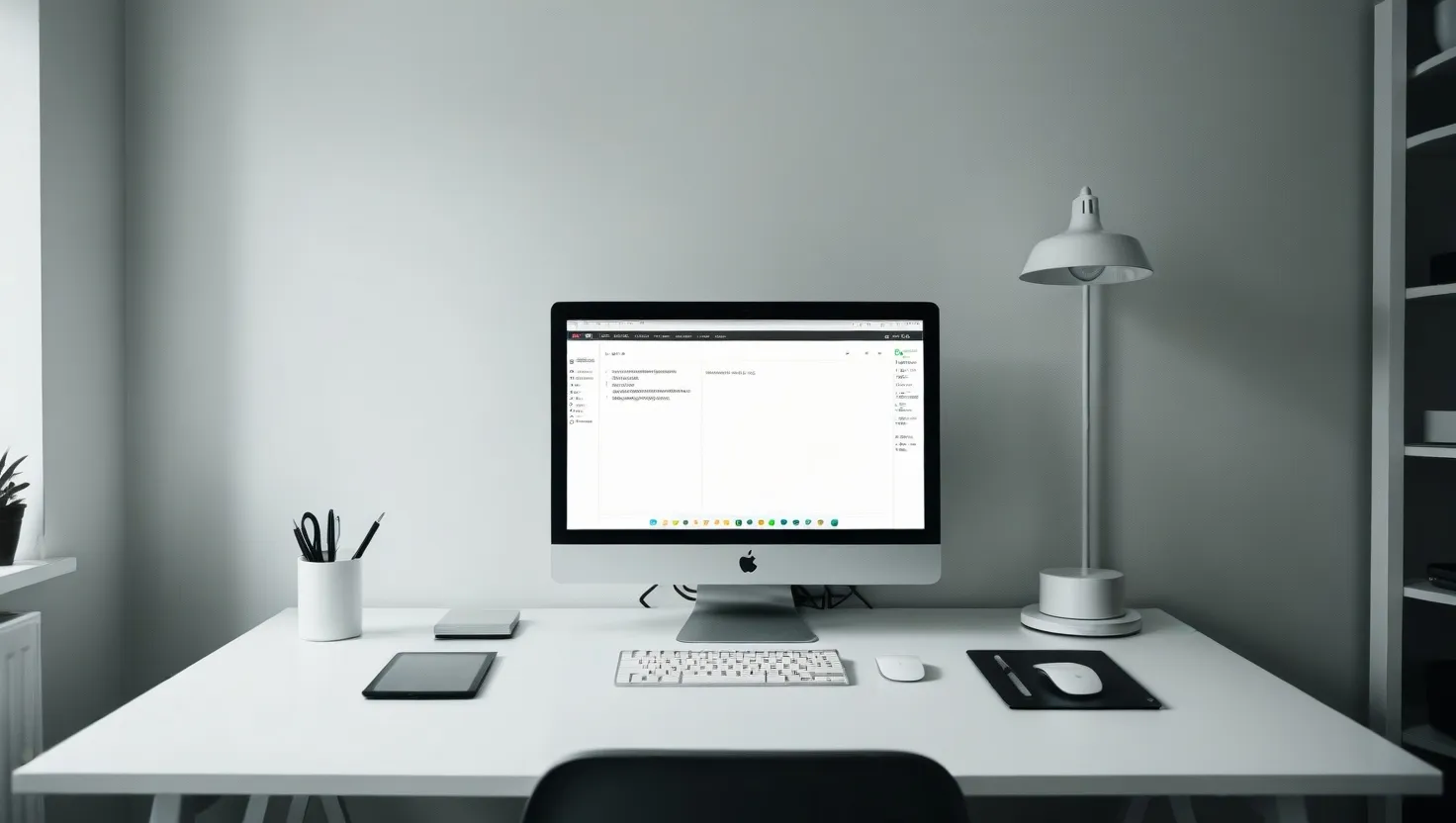Managing finances can be a real game-changer. Seriously, getting a grip on your money can bring a wave of financial stability and peace. Nowadays, given how digital our lives are, budgeting apps are absolute lifesavers. These apps are perfect for keeping tabs on your spending, saving money, and making smart money moves. Here’s a lowdown on how to streamline your finances using these awesome tools.
Understanding Your Spending
The first step to mastering your finances is figuring out where your cash is going. Budgeting apps can link up with your financial accounts, track your spending, and sort your expenses into neat categories. This crystal-clear snapshot of your spending habits helps you spot where you can cut corners and save a few bucks. Apps like PocketGuard and Simplifi make this super easy by giving you a simplified budgeting overview, showing exactly how much you’re shelling out each month.
Setting Financial Goals
Setting financial goals is a must for long-term financial health. Budgeting apps let you set a savings target and a deadline. They’ll then tell you how much you need to stash away each month to hit that target. Whether you’re aiming for a vacation, paying off debt, or building an emergency fund, these apps keep you on track. So if your goal is to save $1,000 in three months, the app will do the math and tell you to save about $333 each month. Easy peasy.
Real-Time Financial Insights
Most budgeting apps offer real-time updates on your financial status. You can check your income, expenses, and savings anytime, helping you make informed decisions about how to handle your money. This real-time tracking lets you tweak your spending as needed, making sure you stick to your budget. Imagine knowing your net worth at any moment! This can seriously help you make smarter choices about big purchases and long-term financial planning.
Automatic Expense Categorization
One of the coolest features of budgeting apps is automatic expense categorization. They use machine learning to sort your transactions automatically, making life easier. This is super handy, especially for folks managing work expenses or self-employed peeps. For instance, if you buy groceries, the app will automatically file it under “Food” or “Groceries,” saving you from doing it manually.
Budgeting Tools and Analysis
Budgeting apps come packed with tools to help you create and stick to a budget. They show visual representations of your spending patterns, point out where you’re overspending, and offer tips to boost your financial health. These visual aids—think charts and graphs—make it easier to understand your spending habits. For example, if you see you’re spending too much on eating out, the app can suggest ways to cut back.
Syncing with Financial Accounts
Many budgeting apps let you link your bank accounts, credit cards, and other financial accounts, automatically syncing your transactions. This makes it easier to track and manage your expenses and move money around when needed. For instance, you can transfer funds from your savings to your credit card or checking account. If you link your credit card to the app, it’ll automatically keep track of those transactions and update your budget.
Reminders and Notifications
Budgeting apps can send reminders and alerts about upcoming bills, due dates, and spending limits. This helps you stay on top of your finances and avoid pesky late fees. Imagine getting a notification a few days before the rent is due—never miss a payment again! These reminders can be set for any regular bill or expense, keeping you organized and on track.
Budgeting for Couples
Managing finances with a partner? There are apps specifically made for that. Apps like Honeydue let both partners sync bank accounts, credit cards, loans, and investments. You can set monthly limits for each category and get alerts when either of you is nearing those limits. This way, you both stay in sync and work towards your financial goals together.
Teaching Financial Responsibility
Teaching kids about money is essential. Apps like Greenlight are designed for kids, helping them learn how to save, spend, give, and invest—all under adult supervision. These apps offer educational games and tools to help children grasp the value of money. For example, Greenlight provides kids with a family debit card, and the adult account owner can monitor their activity and send money through the app.
Detailed Budgeting
For those who love diving deep into financial planning, detailed budgeting apps like YNAB (You Need a Budget) are perfect. YNAB teaches you to allocate every dollar a job, ensuring you make the most of your money. While it may have a bit of learning curve, the reward is a flexible monthly spending plan tailored to your goals. So if your income is $4,000 a month, YNAB helps you assign every dollar into specific categories to avoid overspending.
Retirement Planning
While most budgeting apps focus on short-term financial management, some also offer tools for long-term planning, like retirement. Quicken Classic, for example, helps you pay off debts faster, plan for taxes, and craft a comprehensive lifetime financial strategy. This ensures you’re on track for your long-term financial goals.
Historical Data Analysis
Budgeting apps can store and analyze historical data, giving insights into your long-term spending habits. This helps spot changes in your spending patterns over months or years, helping you make informed decisions. For example, if you notice a spike in entertainment expenses over the past year, you can adjust your budget accordingly.
In a nutshell, budgeting apps are powerful tools that help you streamline your finances, track spending, and save more money. Whether you want a simple budgeting snapshot or a detailed financial plan, there’s an app out there to suit your needs. By leveraging these apps, you can take better control of your money, achieve your financial goals, and build a more secure financial future. It’s all about making smarter choices today for a better tomorrow.






